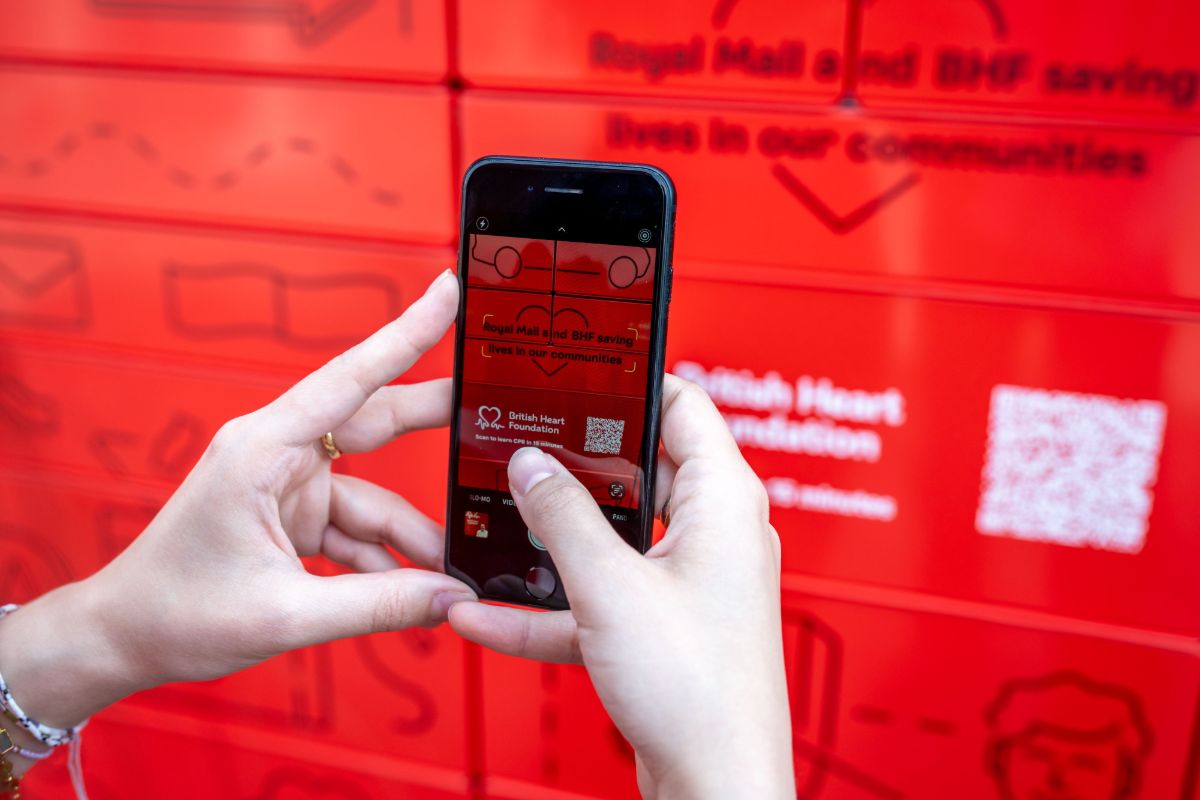Martin Shaw outlines the key metrics that show how well different sectors and companies are performing when it comes to mobile and multichannel commerce
A brave new world where the Internet of Things (IoT) radically changes how retail is conducted lies ahead, as we see throughout this report and within the Mobile & Cross-channel Dimension more broadly. But how should we gauge how retailers are preparing for a time when voice-activated devices, proximity marketing and virtual reality are technologies in day-to-day use?
The underlying logic of our research in this area offers many clues because it measures not how retailers are preparing to roll out new services and techniques, but those that five years ago were still at the cutting edge, such as the availability of click-and-collect services, apps and the degree of functionality of these apps, and whether retailers offer services such as stock checkers on mobile websites for those consumers who want to know before they commute. After all, leaving aside the point that sometimes it pays to leap ahead technologically to gain competitive advantage, if retailers can’t master techniques that prove they’re adapting to a mobile-first world, it seems a tall order to expect them to trial next-generation services.
Collection services
While many retailers have sophisticated Mobile & Cross-channel offerings, many don’t. To focus initially on just one metric: 74% of IREU Top500 footwear retailers offer a click-and-collect service (Note: throughout this Dimension Report we create pan-European figures for companies that offer different service propositions in different member states. A company’s performance on a metric across markets is combined with greater weight on those markets where it does more trade.) That’s impressive, but turn to the grocery sector, and the same figure is 62%. Granted, the groceries business is complex in terms of the sheer number of items retailers need to stock, but against that many customers regard grocery shopping as a necessary chore. Should supermarkets be looking to make it as easy as possible for customers to buy the goods they need, especially at a time when Amazon is looking at ways to take market share here, notably via its purchase of Whole Foods Market?
Elsewhere, there’s plenty of evidence to suggest that offering collection is becoming the norm. Within the stationary, books and craft sector, 72% of Top500 retailers offer a collection service, while the same figure in other sectors hovers around the same level, with the sports and leisure sector at 71%; home, garden & DIY at 69%; consumer electrics at 66%; and apparel at 65%. We suspect that, over the next year, these metrics will show more companies offering collection services – and more kinds of collection services, for example, via lockers at transport hubs rather than just in-store.
Apps adoption
The grocery sector’s comparative reluctance to offer collection services is contrasted by the prevalence of apps from retailers in the sector, with 87% of IREU Top500 companies within the sector offering an iOS app and 83% an Android app. This is an area where we will be keeping an especially close eye because one explanation of why grocery retailers are seemingly focusing more on apps may be that this technology is seen as a prerequisite to offering other kinds of services. An app is a handy place to keep a household shopping list, and such lists potentially offer retailers deep insights into customer behaviour. To speculate a little: could this be more important (or, at least, more rewarding) to supermarkets than offering a collection service that may conceivably lead to a drop in the number of impulse purchases?
Other sectors where apps are popular among retailers include health and cosmetics where 70% of Top500 retailers have iOS and Android apps; home, garden and DIY (iOS: 66%, Android: 62%); apparel (iOS: 66%, Android: 59%); and sports and leisure (iOS: 64%, Android: 60%).
The research reveals one particularly intriguing nuance. Looking at different sectors, the metrics around the number of retailers that offer apps and the number that offer transactional apps don’t precisely tally. Looking at apparel, for example, 88% of retailers that have an app have made it transactional. In comparison, the equivalent figure for the grocery sector (the second-highest rated sector overall) is 73%. Again, to speculate a little, could it be that clothing retailers are putting more work into apps before they are launched, conscious perhaps that customers will use these apps to make purchases if the apps offer sophisticated functionality?
Looking more generally at apps, the functionality on offer varies across different sectors. For example, 30% of apparel retailers offer a store stock checker against 12% of grocery retailers, a statistic that perhaps reflects how it’s more difficult to make real-time information available to consumers when you’re dealing with the sheer number of products on sale in a supermarket, not to mention their shelf-lives. Grocers perform much more strongly when it comes to offering daily deals via apps, with 53% doing this, a reflection we would speculate of a culture where the idea of special offers that change by the week is deep in the business DNA. Combined with push notifications and Bluetooth geo-fencing, some retailers have turned this into a powerful marketing tool. To give some context, the second-best performing sector here is stationery, books & craft (36%), while just 13% of retailers in children’s goods, health and cosmetics, and footwear sectors offer daily deals.
Finally on apps, barcode scanners are being offered by an increasing numbers of retailers, with companies that sell fungible or standardised items leading the way, probably because they find it comparatively easy to introduce the technology. The stationary, books and craft sector leads the way here with 57% of retailers that have an app offering barcode scanner functionality. Intriguingly, the apparel sector could be considered an outlier here, in that it outperforms other sectors – 54% against, for example, 18% for footwear – while selling items that aren’t as standardised as, say, those offered by a bookstore. Could this be partly down to fast-fashion chains standardising offerings? It’s a question that offers ample scope for further investigation.
Top-performing companies
Turning to individual companies, those that performed strongly included Smyths. The toy store chain’s expertise in such areas as social media, stock checker and daily deals was especially impressive because the children’s goods sector was not one of the higher-performing sectors in the Mobile & Cross-channel Dimension.
Perhaps reflecting its pureplay roots and not having to deal with the complications of a store legacy, Ocado outperformed its competitors in the grocery sector, with its app highly rated in such areas as daily deals, its written product review functionality and its barcode scanner.
Turning to apparel retailers, Very’s app was rated highly for offering such functionality to zoom in on products. Boohoo.com was also rated highly on this metric, a reflection of how apparel companies have to make it easy for customers to ‘look’ at their goods even when it’s not possible to do this in person.
While companies such as Dutch supermarket Albert Heijn, bookstore company weltbild.at and multichannel retailers, including global giants Apple and Nike, also performed strongly in this area, this is a Dimension where companies with a strong UK presence dominate, a reflection of UK shoppers’ enthusiasm for mobile commerce.
In conclusion
In the years ahead, we suspect continental retailers will erode this first-mover advantage as mobile-first commerce, a first step towards the IoT-enabled world we discuss elsewhere in this report, becomes the norm. We could also see sector differences break down as companies that have implemented those aspects of cross-channel commerce that are of greatest importance to them look for incremental gains elsewhere.
But whatever companies do now, the fact remains that cross-channel commerce is going to become ever-more sophisticated and demanding in the years ahead. We would expect those companies that are putting in work now to be those that perform strongest as we regularly update this Performance Dimension in the years ahead.





